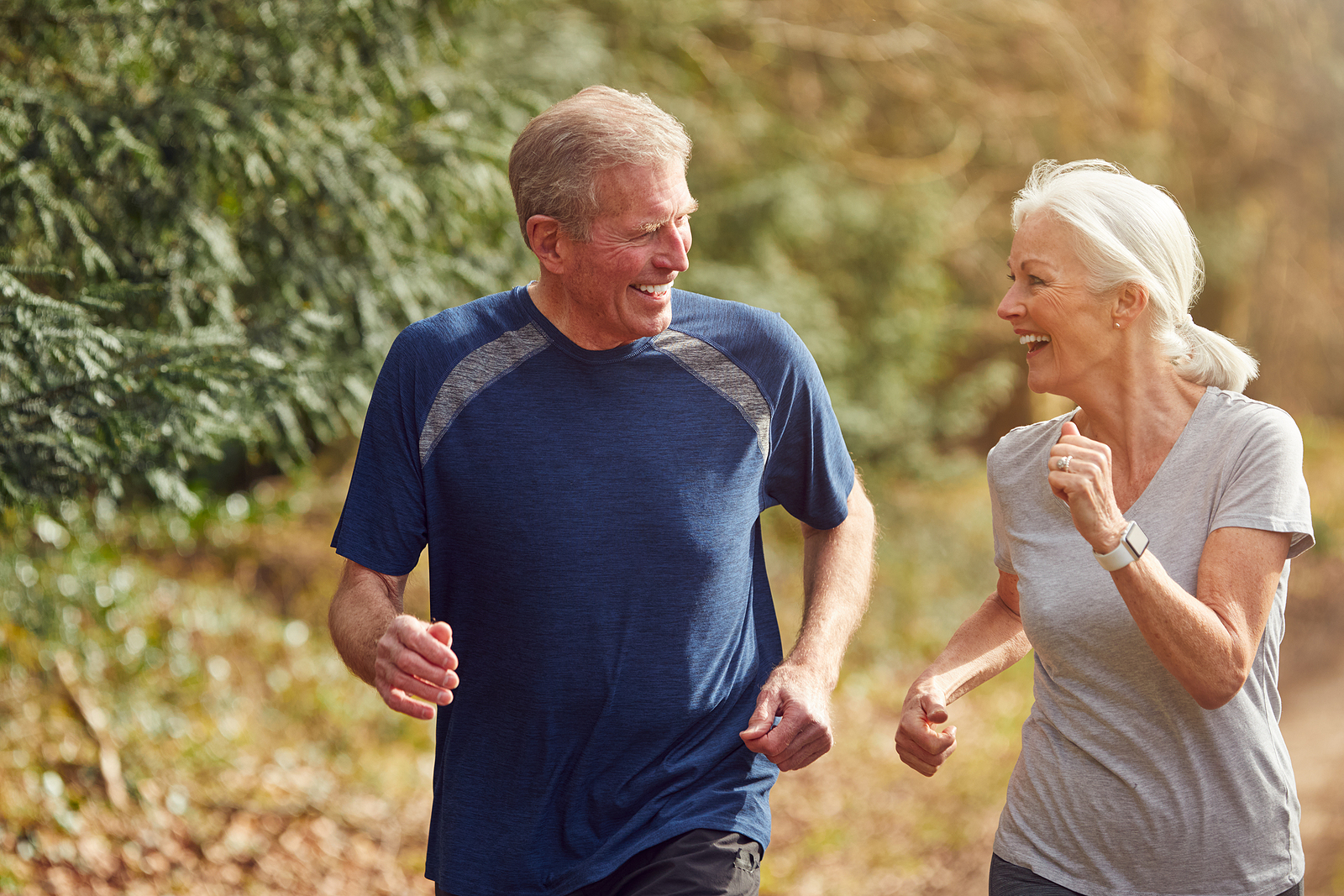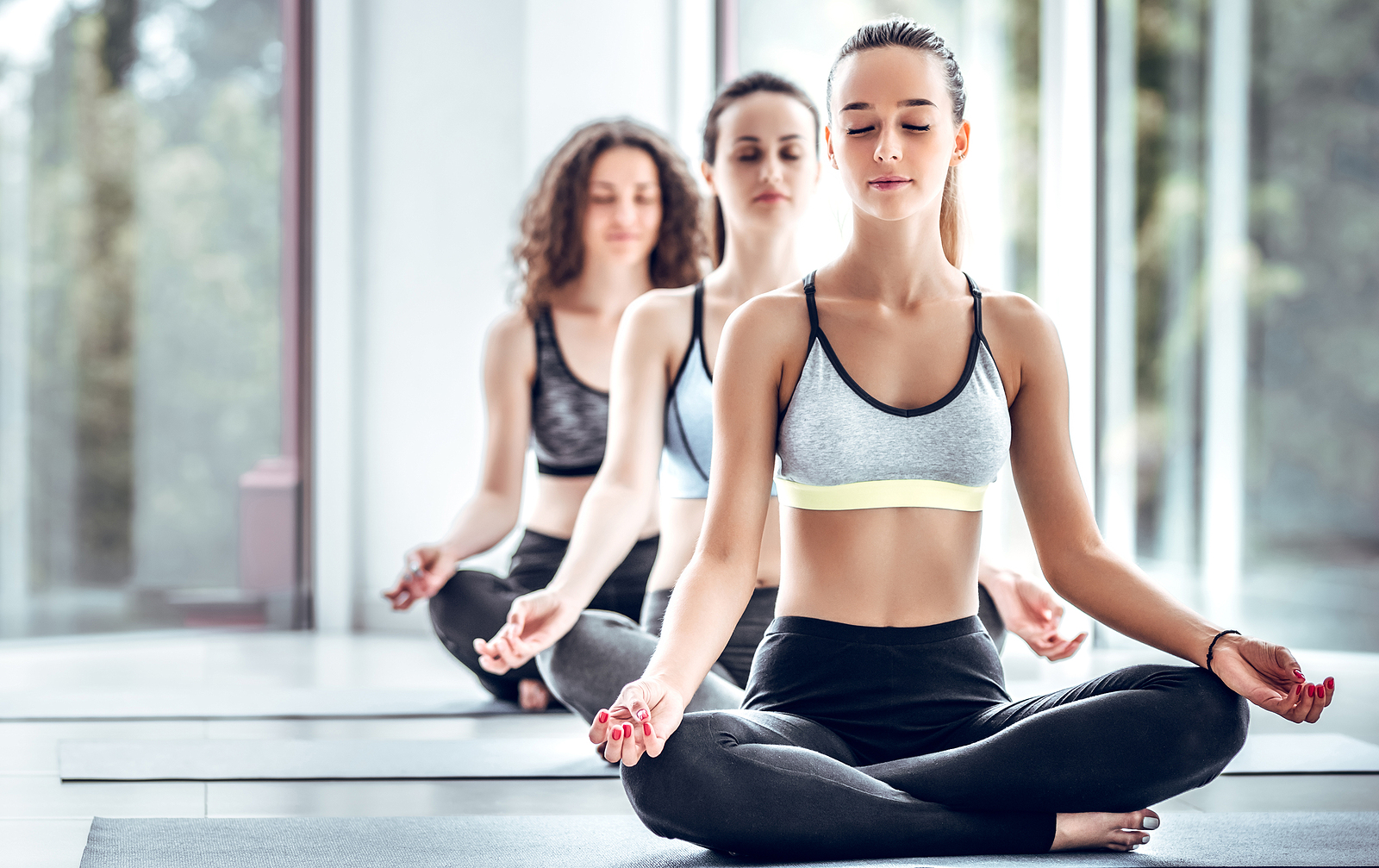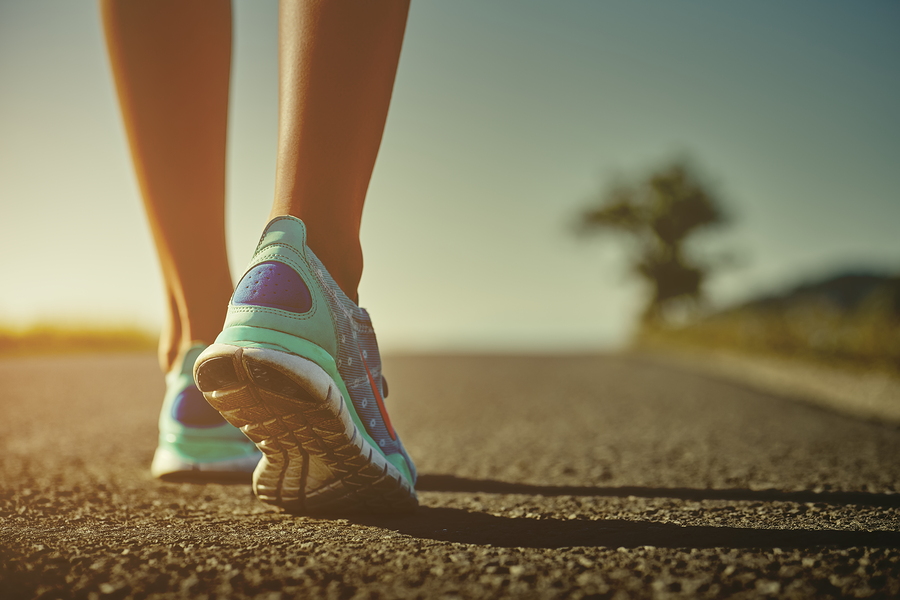Chiropractic and Aging: Why It’s Important to Get Adjusted Regularly
With each passing year, it seems harder to get out of bed in the morning due to aching bones and joints and regular feelings of illness. And while these may seem like normal signs of aging, they can be reduced with exercise, nutrition, and chiropractic care. Plus, studies even show that people are living longer than ever – and more comfortably so.
Continue reading to learn how chiropractic care can help ease the effects of aging on the body and boost your wellness no matter your age!
How Do Our Bodies Change as We Age?
Every day we put wear and tear on our bodies, and the older we get, the harder it is for these bang-ups to repair themselves. Not to mention, free radicals from the sun, smoke, processed foods, and more lead to oxidative stress, which quickly degrades the body, especially when you’re older.
After a lifetime of bumps and bruises, your body will feel it in multiple ways:
- Low back pain
- Neck Pain
- Stiff joints
- Increased pressure on the vertebrae due to reduced fluid in the discs
- Less bone density
- Decreased muscle mass
And even if you didn’t prepare yourself with chiropractic care in your younger years, it’s not too late to address these issues!
Benefits of Chiropractic Care for Older Adults in Bend
Pain Management
Chiropractic adjustments address subluxations in the spine that are causing pain. These misalignments can sit on the nerves, which will lead to radial pain in the legs, arms, back, and shoulders. By easing these areas of tension and inflammation, you can feel enhanced comfort.
Increased Flexibility
Massage therapy and adjustments work together to increase your range of motion and flexibility and reduce stiffness that makes it hard to bend, twist, and play with the little ones in your life.
Better Balance and Coordination
Poor posture throws off your balance and increases the risk of falls in old age. These accidents can be more damaging to fragile bones, leading to broken hips, arms, and necks. By properly aligning your spine, you can experience better balance to catch yourself and maintain your center when you bend over or lose your footing.
Overall Wellness Boost
It’s no secret that as you get older, you become more susceptible to illness. Chiropractic care strengthens the connection between your brain and the rest of your body to enhance the immune response and speed up the recovery process.
Is Chiropractic Care Safe for Older Adults?
There is a misconception that chiropractic care is dangerous for older adults because of the high-impact adjustments needed to realign the musculoskeletal system. However, with your medical history and health conditions in mind, your chiropractor in Bend will make accommodations that are gentle yet helpful for your body. Common alternative techniques include the use of handheld instruments and a drop table, stretches, and massage therapy to account for the physical changes in your body.
If you are getting older and starting to feel the aches, pains, and muscle strains that come with passing time, then schedule an appointment with a chiropractor in Bend. We will work with you to create a treatment and maintenance plan to help you continue living life to the fullest!




